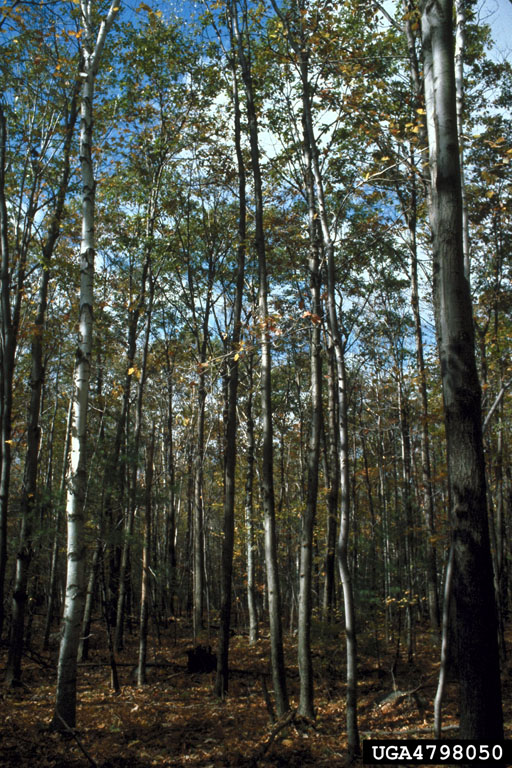You don’t need to use a tape measure or GPS unit to find out how far you walked. You can do that easily by counting the number of steps you take.
I thoroughly enjoy anytime I get to walk in the woods. I encounter something new every time, and there is always something interesting just a short distance away.
Along with the pleasurable experiences I get walking in the woods, there are utilitarian purposes for hoofing it as well. I can keep an eye out for invasive plants, check on trees that are showing signs of ill-health, get a gauge for which seedlings are coming in, and monitor the wildlife in the area.
I am also measuring distances during my walks in the woods. By keeping track of the number of steps I take and knowing my pace, I can determine when I have walked a quarter of a mile or 4 miles and even further.
Now, you may be saying to yourself that there is no way my measurements are that accurate. To that I reply, they don’t have to be. I am not trying to do the precision type of work a surveyor may do, and instead am getting a rough estimation that fulfills my needs.
These needs include finding an approximate location for property corners, navigating through the woods to do tree inventories, and generally not getting lost. Some would say that a GPS unit can do that for me, and I would agree. However, there is something about knowing and utilizing a skill like this that gives me more fulfillment when navigating through the woods and not getting lost.
That feeling takes me back to my days in the Army, where all we were given was a compass and map and told to get from here to point “A”. Additionally, as an undergraduate student in forestry school (well before the advent of GPS systems), a compass and pace were the only tools we used to get around and get the job done. Even today it is sometimes faster and easier to use a compass and pace than it is a GPS unit.
Hopefully you are intrigued by now and want to know how it works. It is actually extremely easy to learn and utilize your pace, but takes a little practice to get really accurate at it. If I haven’t done it in a few months, I will set up a practice course to make sure I am still “calibrated” correctly.
The unit of measurement we will be working with is something called a “chain”, which is a forestry and surveying term. One chain is sixty-six feet. Now that seems like an odd number, but it makes sense if you realize that there are eighty chains to the mile. Another way to think about it is that one side of your square, forty acre property is one-quarter of a mile or twenty chains.
So you determine the distance you have traveled by counting the number of chains that you have walked. To do that, you need to know your pace, or the number of steps you take in sixty-six feet. This is pretty easy to figure out and something I have taught kids and adults to do within just a few minutes.
Stretch a tape measure on a flat area of ground out to sixty-six feet. Then walk from one end of the tape to the other counting every other step you take. Remember that number and walk back the same distance to where you started counting the steps you take. Add those two counts together, divide that number by two, and you have your pace. That’s it.
You have probably figured out that counting every other step will be easier than counting every step. Also, you walk your practice course twice and average the counts so that you get a better feel for your true pace.
Some key points to remember are that you always start out walking on the same foot and always count your steps on the same foot. It doesn’t matter which one you choose. Also, just walk as you normally would and don’t try to make your steps bigger or smaller. Every person’s pace will be different, so don’t compare yours to anyone else’s.
Now get out in your woods and try it. You will discover that walking through the woods and counting steps can be challenging, but it gets easier the more you do it. You will also notice that your stride will shorten a bit when the terrain is a bit steeper.
